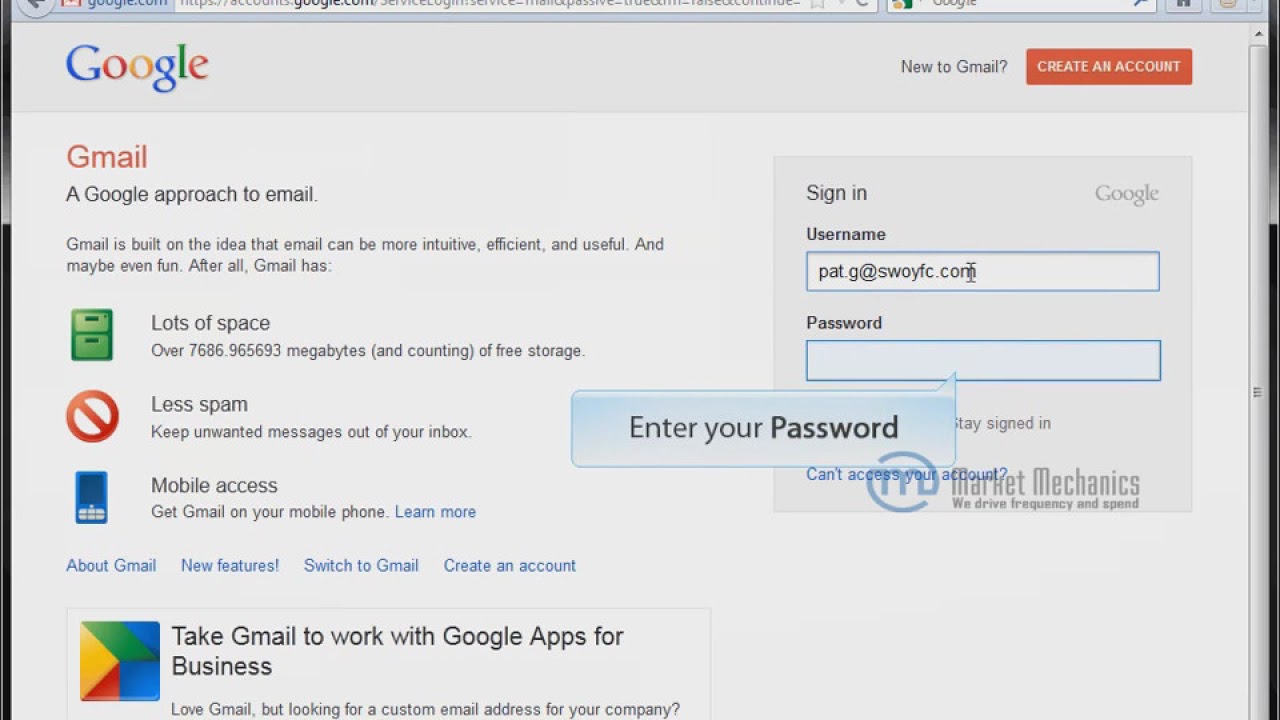Locked Out of Gmail? Here's What To Do
Losing access to your Gmail account can be incredibly frustrating. Whether you're locked out due to a forgotten password, a suspicious login attempt, or some other technical glitch, the inability to access your important emails, contacts, and connected services can be a major disruption. This guide aims to help you navigate this frustrating situation and provides a comprehensive roadmap for regaining access to your account.
Imagine needing to access a vital email for work, a confirmation code for a purchase, or important communication from family, only to find that you're completely blocked from your Gmail account. This scenario is more common than you might think. From simple password slips to more complex security issues, various factors can contribute to being locked out. Understanding these factors is the first step towards finding a solution.
Gmail, launched by Google in 2004, quickly became one of the world's most popular email services. Its vast user base relies on the platform for personal and professional communication, making access crucial. The importance of securing these accounts has led to the development of robust security measures, which, while essential, can sometimes create hurdles for legitimate users trying to access their own accounts.
One of the most common problems users face is simply forgetting their password. With the increasing number of online accounts we manage, remembering every password can be a challenge. Other issues include two-factor authentication difficulties, account recovery information discrepancies, and suspected unauthorized access leading to account lockouts. These situations can be distressing, especially when important information is stored within the locked account.
If you find yourself unable to log into your Gmail, several avenues can help you regain access. Starting with the basic password recovery process, you can often reset your password using a linked phone number or recovery email address. If these methods fail, Google provides further support options to verify your identity and unlock your account. This might involve answering security questions, providing details about your account usage, or other verification steps.
If you think your account has been compromised, immediately change your password once you regain access. Enable two-factor authentication for an extra layer of security. This requires a code from your phone in addition to your password, making it significantly harder for unauthorized access.
A step-by-step guide to recovering your Gmail account typically involves going to the Gmail login page and selecting "Forgot password." Follow the prompts, providing the necessary information to verify your identity. If standard recovery options don't work, contact Google support directly for personalized assistance.
Advantages and Disadvantages of Robust Gmail Security
| Advantages | Disadvantages |
|---|---|
| Protects against unauthorized access | Can make it difficult to regain access if locked out |
| Keeps your data safe and private | Requires remembering complex passwords and managing recovery information |
Frequently Asked Questions:
Q: I forgot my password. How can I recover it? A: Use the "Forgot Password" link on the Gmail login page and follow the recovery process.
Q: My account is locked due to suspicious activity. What should I do? A: Contact Google support for assistance in verifying your identity.
Q: I can't access my recovery email. What are my options? A: Try other recovery methods like phone verification or answer security questions.
Q: How can I prevent being locked out in the future? A: Keep your recovery information updated and enable two-factor authentication.
Q: What if someone else has access to my Gmail account? A: Change your password immediately and contact Google support.
Q: Why is it important to keep my recovery information current? A: It’s crucial for regaining access if you're locked out.
Q: How do I know if my Gmail account is secure? A: Regularly review your security settings and enable two-factor authentication.
Q: Where can I find more information about Gmail security? A: Visit the Google Account Help Center for comprehensive information.
Being unable to access your Gmail account can be a significant inconvenience, but by understanding the potential causes and following the appropriate steps, you can typically regain access. Keeping your recovery information current, using strong passwords, and enabling two-factor authentication are essential proactive measures to prevent future lockouts and ensure your valuable data remains secure. Remember that safeguarding your digital presence is paramount in today's interconnected world, and taking these steps can save you time and frustration in the long run.
In conclusion, being locked out of your Gmail is a common problem with effective solutions. By understanding the importance of password management, recovery information, and security features, you can significantly reduce the risk of experiencing this frustrating situation. Remember that a proactive approach to security is always the best strategy. Take the time now to review your account settings, update your recovery options, and enable two-factor authentication. Doing so will provide peace of mind knowing that your valuable data is protected and easily accessible when needed. Don't wait until you're locked out to take action – secure your Gmail today!
Brown county texas judge deep dive into the texas justice system
The i never want to see you again meme a deep dive
Evoking parisian charm french street scene paintings














